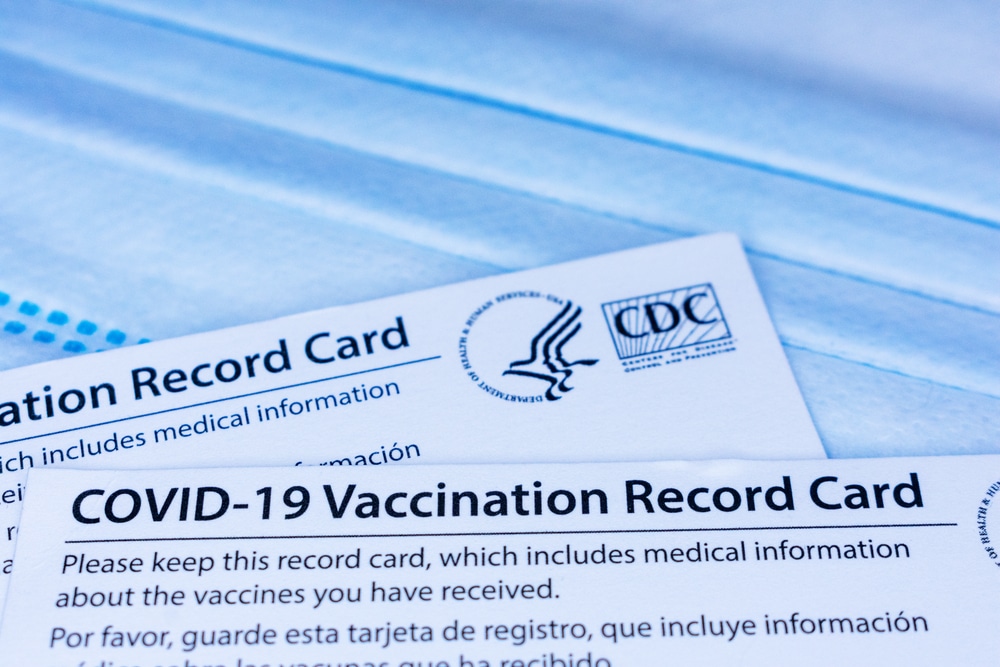OSHA Suspends Implementation of the COVID-19 Vaccination and Testing ETS
The Occupational Safety and Health Administration (OSHA) published on their website on Nov. 16, 2021, that the COVID-19 vaccination and testing emergency temporary standard (ETS) is being put on hold due to pending litigation. The OSHA ETS went into effect on Nov. 5, 2021, and was set to have two compliance dates: one date for employers to finalize their policies on vaccine mandates or weekly testing requirements and another date for the weekly testing to begin. Keep reading to learn what’s next for the ETS.
The 5th Circuit Court of Appeals Ruling
On Nov. 12, 2021, the 5th Circuit Court of Appeals ruled to extend the stay of the OSHA ETS, stating the ETS imposes financial burdens on private employers. The court also claimed that the ETS fails to account for the different elements present between workplaces. Overall, the court raised substantial questions on whether OSHA has proven that COVID-19 presents a “grave danger” to workers and if the ETS is “necessary.”
Circuit Court Lottery
Even though the 5th Circuit Court of Appeals ruled to extend the stay of the OSHA ETS, all other petitions from parties across the nation were due by Nov. 16, 2021, to consolidate the lawsuits concerning the ETS for all Circuit court districts. On Nov. 16, 2021, the Judicial Panel on Multidistrict Litigation randomly determined through a “lottery drawing” which Circuit court would review the ETS arguments. From there, the 6th Circuit Court of Appeals was selected. It is not certain when this court will make a ruling on the arguments.
What’s Next
Employers should continue to monitor OSHA ETS updates to determine if there are any changes in its status. At this point, employers should understand the requirements of the ETS in case it survives the upcoming litigation. Employers should also remember that regardless of the ETS being on hold, OSHA still can cite employers under the General Duty Clause. In other words, employers still have a continued duty to make their workplaces safe for their employees.
OSHA’s Statement on Suspending the Implementation of the ETS
In response to the 5th Circuit Court of Appeals’ ruling to extend the ETS stay, OSHA released a statement on its website. The statement reads as follows:
“On Nov. 12, 2021, the U.S. Court of Appeals for the 5th Circuit granted a motion to stay OSHA’s ETS, published on Nov. 5, 2021 (86 Fed. Reg. 61402). The court ordered that OSHA ‘take no steps to implement or enforce’ the ETS ‘until further court order.’ While OSHA remains confident in its authority to protect workers in emergencies, OSHA has suspended activities related to the implementation and enforcement of the ETS, pending future developments in the litigation.”
OSHA Initiates Rule-making Process for Heat Hazard Protection Standard
On Oct. 27, 2021, OSHA published an advance notice of proposed rule-making to officially start the process of creating a mandatory heat hazard protection standard. Currently, OSHA has only a recommended, not required, workplace heat standard. However, many states have their own heat exposure standard as part of their OSHA-approved state plans.
Advance Notice of Proposed Rule-making
This notice is the official first step in the process of creating a mandatory heat protection standard. This notice seeks public comment on the information OSHA should consider as it develops the new standard. Specifically, OSHA is interested in obtaining additional information about the extent and nature of hazardous heat in the workplace as well as the nature and effectiveness of interventions and controls used to prevent heat-related injury and illness. Dec. 27, 2021, is the deadline for the public to comment on OSHA’s notice of proposed rule-making.
Current Initiative
On Sept. 20, 2021, OSHA announced enhanced measures to better protect workers in hot environments and reduce the dangers of exposure to ambient heat. These measures include implementing an enforcement initiative on heat-related hazards, developing a National Emphasis Program on heat inspections and developing a mandatory workplace heat standard. This initiative prioritizes heat-related work activity interventions and inspections on days when the heat index exceeds 80 degrees Fahrenheit.
Next Steps
Employers should become familiar with the notice of the proposed rule and continue to monitor OSHA communications for updates on the development of the mandatory workplace heat standard.
Related links:
- Common Employment Practices Claims Arising out of COVID-19
- COVID-19 Vaccine Considerations for Employers
- Employer Guidance for Common Return-to-work Concerns

